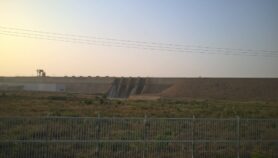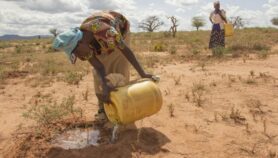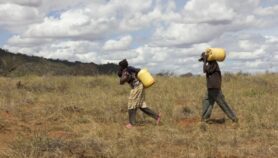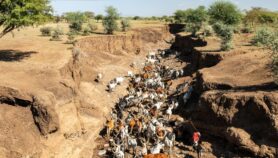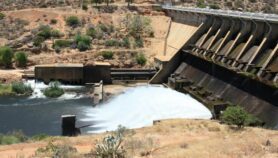By: Wagdy Sawahel
Send to a friend
The details you provide on this page will not be used to send unsolicited email, and will not be sold to a 3rd party. See privacy policy.
Trees and shrubs could take over some of Africa’s savannahs if, as many predict, rainfall in the Sahel increases in the next 50 years, say researchers in Nature this week (8 December).
Savannahs — broad grasslands with scattered trees — are both economically important and ecologically unique. The balance between tree cover and grassland is crucial, influencing both plant and livestock production, and ecological systems such as the water cycle.
Now a team of researchers led by Mahesh Sankaran of the Natural Resource Ecology Laboratory at
Using data from 854 sites across
‘Stable’ savannahs are those that receive less than 650mm of rainfall per year. Here, the amount of rain restricts the number of trees, allowing grasses to coexist.
‘Unstable’ savannahs receive more than 650mm each year. The amount of tree cover in such savannahs is determined not by rainfall, but by disturbances like fires and animals feeding.
Sankaran’s data suggests that if rainfall increases across parts of
Changes in the tree-grass balance would have significant impacts on plant and livestock production, biodiversity, and the water and carbon cycles.
The research effectively combines the two dominant schools of thought on how trees and grasses can coexist in savannahs — whether the balance is regulated by the availability of resources such as water, or by disturbances such as fire.
"Our analyses suggest that the two ecological viewpoints about mechanisms that determine tree-grass ratios in savannahs… are [both] valid, but at different points along a rainfall gradient," Sankaran told SciDev.Net.
He added that while many savannahs are not necessarily under immediate threat, it is very important to understand what drives the coexistence of trees and grasses in different regions in order to help manage savannahs as climate conditions change.
Reference: Nature 438, 846 (2005)





